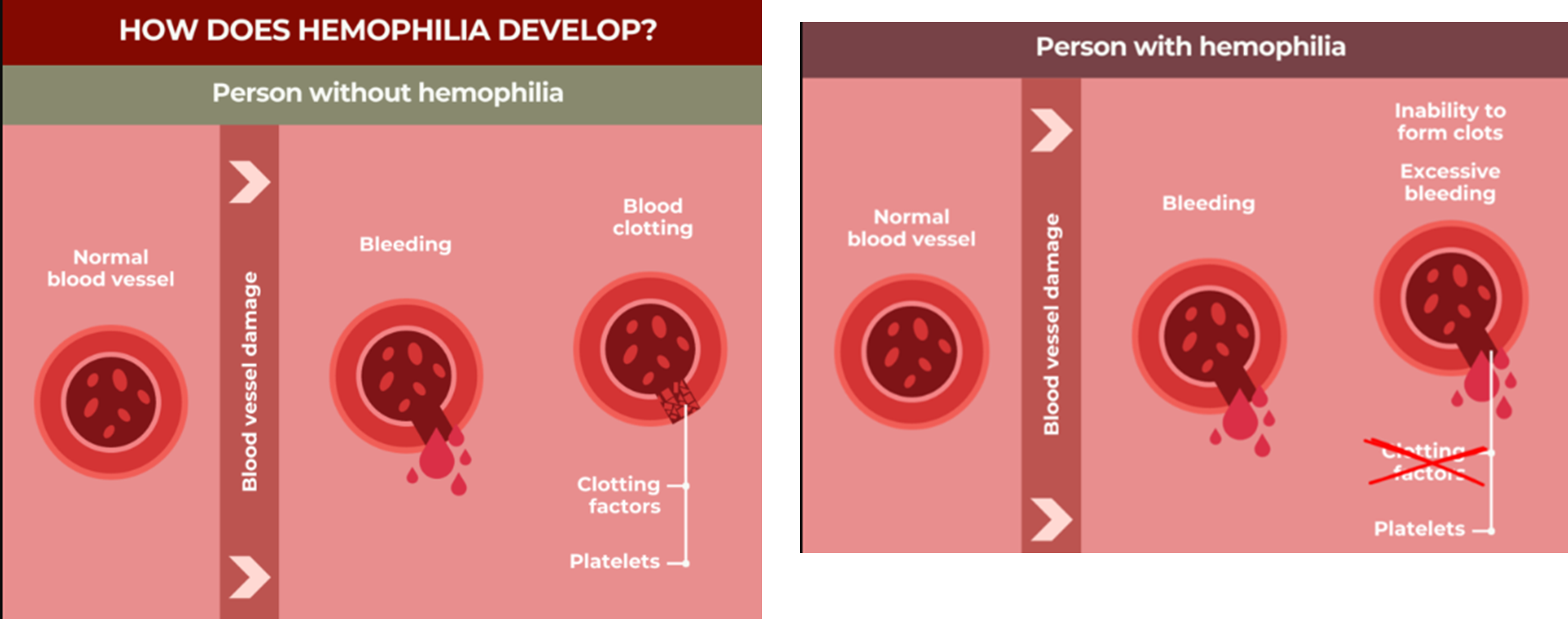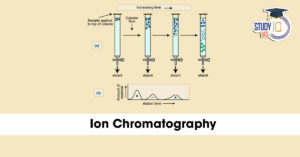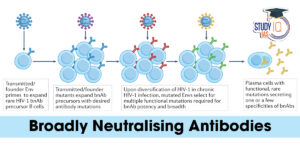Table of Contents
About Haemophilia
- It is a rare genetic blood disorder that prevents blood from clotting properly. It’s usually inherited and more common in males.
- Most common types are hemophilia A (classic hemophilia) and hemophilia B (Christmas disease)
- Haemophilia A: It occurs when the body doesn’t produce enough factor VIII, a protein that helps blood clot.
- India has the second-largest patient pool globally, with an estimated 40,000 to 100,000 patients.
- Treatment costs are very high: ₹2.54 crore per patient over 10 years.

Gene Therapy
- It is a medical technique that treats or prevents disease by altering a person’s genes. It can involve:
- Replacing a disease-causing gene with a healthy copy.
- Inactivating a disease-causing gene.
- Introducing a new or modified gene into the body.
- Training the body’s immune system to recognize and attack cancer cells.
- Gene therapy can be used to treat a variety of diseases, including: Cancer, Genetic diseases like hemophilia and sickle cell disease etc.
Gene Therapy as a One-Time Solution for Haemophilia
- Mechanism: A gene is introduced into the body, enabling it to produce enough Factor VIII to prevent haemorrhage.
- It uses lentivirus as a vector to integrate the clotting factor gene into stem cells, which is later reintroduced into the patient’s body.
Advantages
- Eliminates the need for frequent infusions of clotting factors or other medications.
- Potentially safer for children and avoids the need for immunosuppressive therapy.

 Advanced Air Defence Radars: Types, Comp...
Advanced Air Defence Radars: Types, Comp...
 Ion Chromatography, Working and Applicat...
Ion Chromatography, Working and Applicat...
 Broadly Neutralising Antibodies (bNAbs):...
Broadly Neutralising Antibodies (bNAbs):...

























